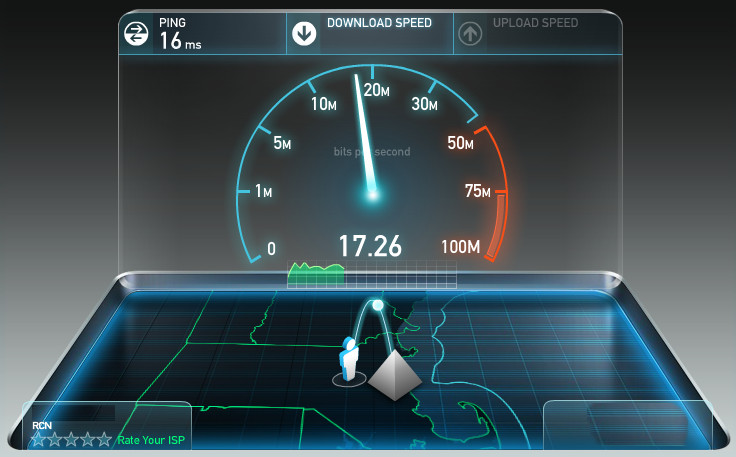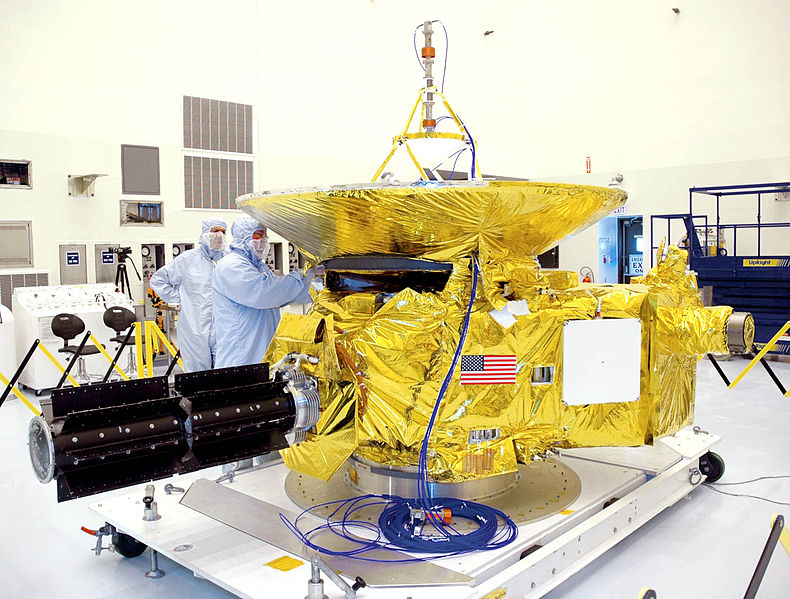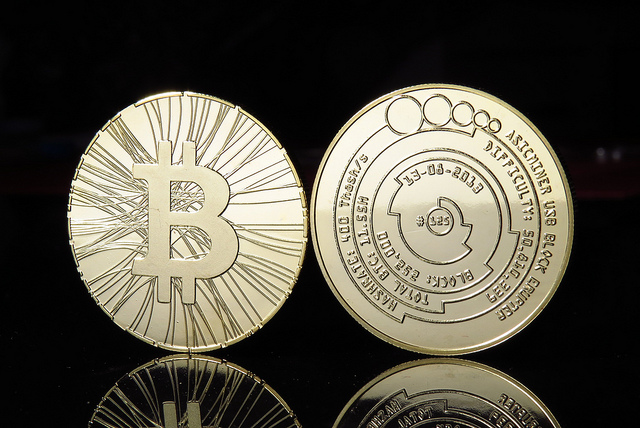
Broaderband
This week the FCC did something we’ve been hearing rumours about for a little while now: they’ve once again raised the definition of “broadband” internet service despite criticisms from the major ISPs. Where previously 4Mbps download and 1Mbps upload had been sufficient, once the new standards take effect those numbers will be 25Mbps and 3Mbps. Just last week Gizmodo ran a story out ahead of the changes on where they got those numbers and why you should care. I’ll let Chris Mills say it, because he put it best:
I don’t know about you, but pretty much anything that scares Comcast and Time Warner makes me giggle a little. But don’t expect change overnight, either. There’s nothing that says companies must offer broadband service — Verizon and AT&T, for instance, will not be able to upgrade their existing DSL networks to 25Mbps — but it may change the industry standards and increase competition. It may also affect the Comcast-Time Warner merger proposition, because as Adam Clark Estes points out, it will make the proposed new company look even more like a monopoly to the Department of Justice.

The Ways of Waze
Google has responded after calls by police this week to remove certain features from its popular Waze traffic app. It’s response: no. Earlier this week the National Sheriffs Association called for Waze to remove the feature that allows Waze users to let each other know when and where police officers are — most useful, for instance, for reminding drivers to reduce their speed and thus avoid fines. But because Ismaaiyl Brinsley, the man who is reported to have killed two New York police officers in December, had screenshots of Waze on his instagram, the police have been calling it a “police stalker,” and claiming it’s endangering the lives of police officers. How having a digital app to know where the nearest police officer is endangers the lives of those officers any more than driving around in colourful, clearly-marked police cars with flashing lights on the top (or broadcasting location information over an unscrambled radio easily accessible with a scanner) has not been made clear by the Association. In a response from a Waze spokesperson, it was made fairly clear that they don’t intend to change a thing.

New Horizons
NASA’s New Horizons probe is getting close to Pluto. How close? It’s starting to take pictures! Right now it’s focusing on something called “optical navigation,” where it takes pictures every so often to give us back home an idea of exactly where the probe is now, as it nears the demoted planet / dwarf planet / kuiper belt object. It won’t be at its closest to the icy world until June 15, but we’ll have been getting great pictures of Pluto and its moons for half a year before then. Emily Lakdawalla has two amazing and detailed posts over at the Planetary Society that you have to read: one on just what New Horizons will be up to from week to week, and another on what’s going on right now (and just how slow it is to get data back from Pluto). Check them out!

Coinbase Exchange
Now available to users from 24 states, Coinbase has opened a US-based Bitcoin exchange in New York. Among other things, this exchange will add legitimacy to the fledgling currency, in large part because of who’s invested in the exchange: it’s partly owned by the NYSE. Until now, Bitcoin users have had to rely in large part on foreign exchanges, like the now-defunct Japan-based MtGox, London-based Bitstamp, European BTC-e, and so on. Coinbase itself, a paypal-style wallet service, allowed users to purchase bitcoins before, but only by acting as a third-party mediator. Now the company, backed by $106million USD in venture capital, will attempt to be the exchange itself, possibly opening the door to many more US Bitcoin users and the spread of the currency that is already accepted by more than 86,000 companies worldwide.
Old Planets
The Kepler mission announced this week that they had discovered the oldest planetary system yet: 11.2 billion years old. Kepler-444 has five planets, all small and rocky, if far too close to their star to be habitable. This is nevertheless intriguing because their discovery suggests that Earth-sized planets have been around for at least 80% of the universe’s history, further raising the chances that life is out there (and also furthering the mystery of where it is). Check out the article at io9 for more.
Fleming Discovers Bond
Scientists have proven the existence of a new type of chemical bond that exists in very rare circumstances. The “vibrational” bond was determined to be the cause of a peculiarity seen in a 1989 experiment, in which a reaction took longer the higher the temperature got (if you’re not familiar with it, that’s exactly the opposite of the way it’s supposed to work). Based on recent work done by Donald Fleming at the University of British Columbia, it seems now clear that a rare “muonium” atom was bouncing back and forth between two bromine atoms at such a rate as to effectively bond them together briefly, interfering with the expected reaction. Honestly, I’m mostly just reporting this because it’s Fleming discovering a bond. But check out the article over at Scientific American, because it’s an interesting piece of science, and the first discovery of a new type of bond for a long time.
Best of the Rest
Like every week, there’s more that happened than I can cover, so here’s some links to fill you in: a reminder that the Planetary Society is launching a solar sail testbed in May; another that SpaceX is launching NASA’s DSCOVR (hopefully) on February 9; we noticed that asteroid 2004 BL86 has a moon when it flew by last week; Google’s still working on cancer screening tech; YouTube’s gone full HTML5 (bye bye Flash); Microsoft’s turned recent acquisition e-mail and scheduling app Accompli into its new Outlook; Boeing’s building the new “Air Force One” planes; and Apple’s making tons of cold, hard cash.
And to end this week, for your viewing pleasure, here’s a video of people getting their first look at virtual reality porn. You saw it here, folks. (slightly NSFW, just so you know).
That’s all for today. Have a great week.
